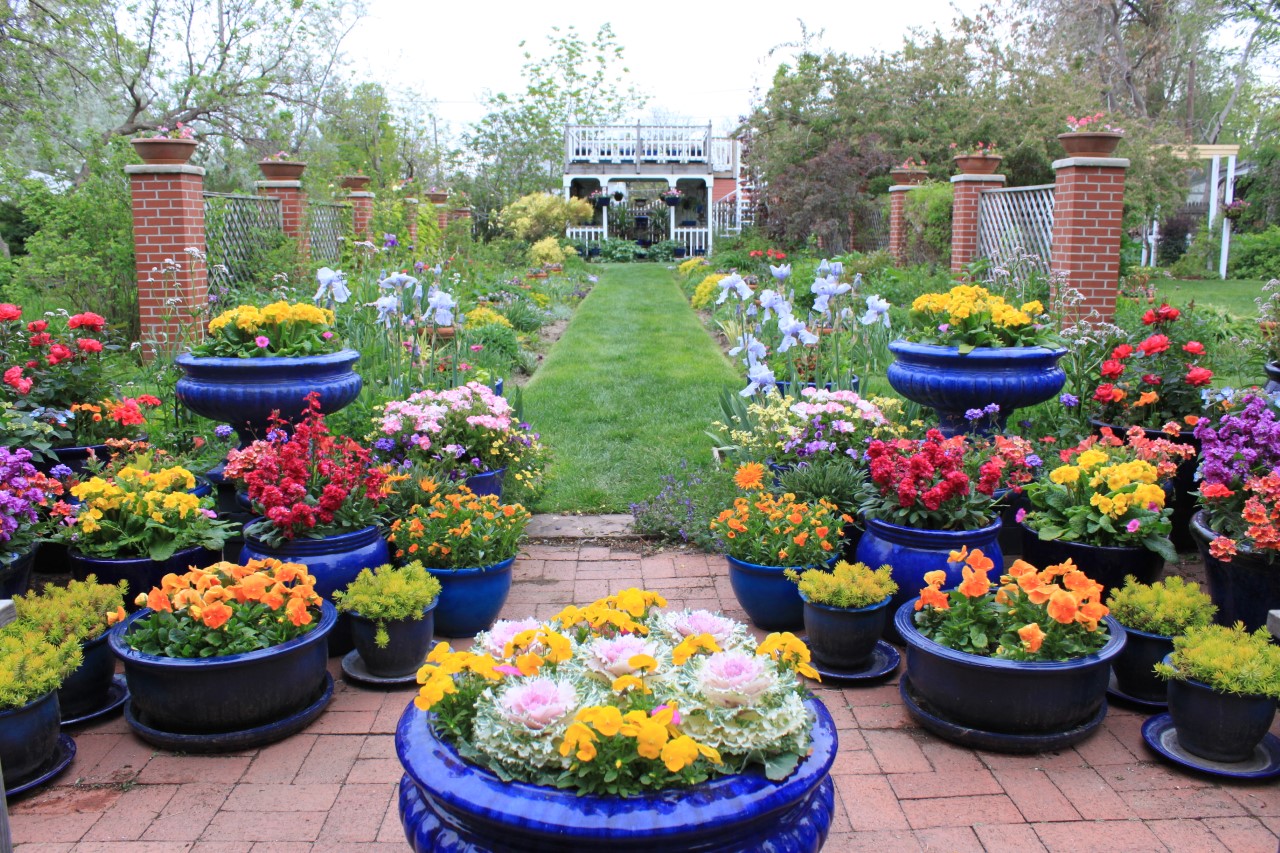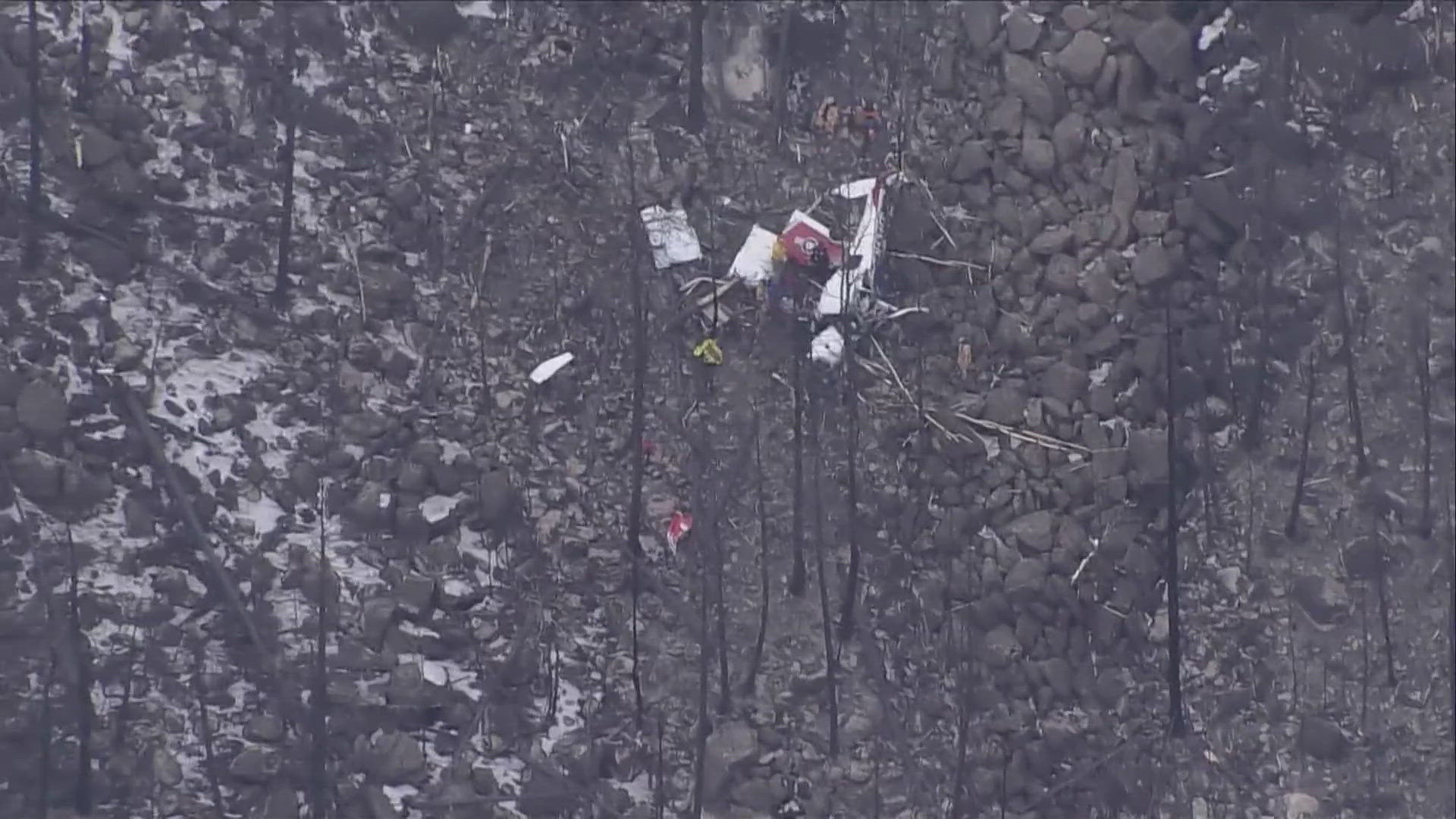If you've not yet fertilized your lawn, get to it. Most turf grasses grow best in the cooler weather of spring and fall but a strong turf will get through a hot summer best.
There are two basic methods: a commercial fertilizer or manure, or a combination of the two. I recommend both. Use a fertilizer formulated for Colorado. Apply as instructed. Consider adding a pre-emergent weed suppresser that stops lawn weeds before they germinate. Spreading well-rotted manure or compost on your lawn enriches the soil. Aside from the nitrogen content, earthworms will come to the surface to feed on this organic matter and work it back into the soil. Mixed with sand, this manure or compost will also help level uneven areas in your lawn. Spread about a half inch on the lawn.
Water after application. If you can time your application before a rain shower, that's ideal. Don't over-water your lawn now. Encourage the grass roots to delve deeply into the soil for moisture. This will make the turf less susceptible to drought in the summer heat.
As you continue to plant your patio containers, think about a color scheme. "Magpie gardening," in which you plant everything that grabs your attention no matter the color, is rarely very satisfying. Select several complimentary or contrasting colors and stick with shades of those. Don't forget the value of plants with unusual foliage colors such as silver, bronze or chartreuse.
Also consider when you use your patio or deck the most. Bold, rich colors look best in full sunlight, while pastels are most effective late in the day and into the evening.
You're welcome to borrow my color palette. This season on the patio I'm going with shades of pink, purple and yellow with silver and chartreuse as the foliage accents. In my sunny Mediterranean garden (also know as my former driveway) the colors of the potted flowers will mimic a Colorado sunset with rich colors of red, orange, coral and purple. Sticking to a scheme helps to unify the container plantings and leads to more satisfying results.


